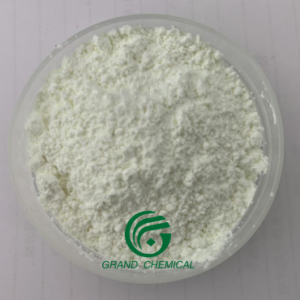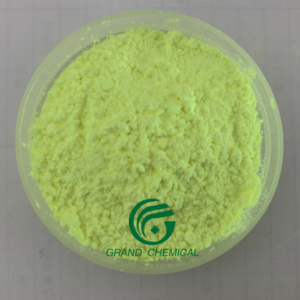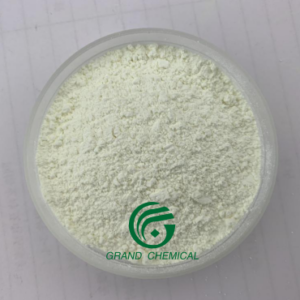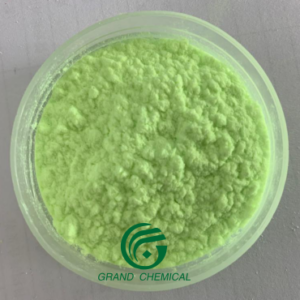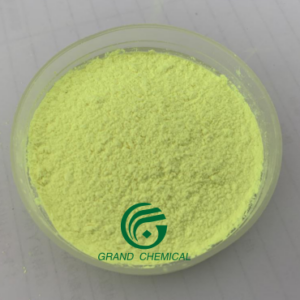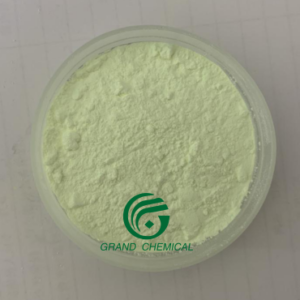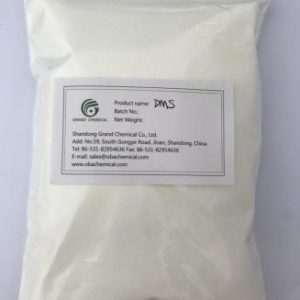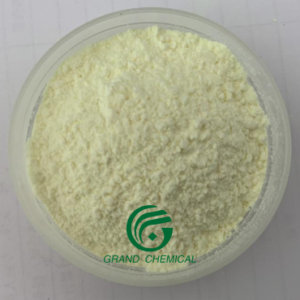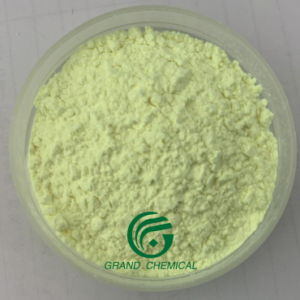Definition of the Optical Brightener
Optical brighteners, optical brightening agents (OBAs), fluorescent brightening agents (FBAs), or fluorescent whitening agents (FWAs), are chemical compounds that absorb light in the ultraviolet and violet region (usually 300-370 nm) of the electromagnetic spectrum, and re-emit light in the blue region (typically 420-470 nm) through the phenomenon of fluorescence. These additives are often used to enhance the appearance of color of fabric and paper, causing a “whitening” effect; they make intrinsically yellow/orange materials look less so, by compensating the deficit in blue and purple light reflected by the material, with the blue and purple optical emission of the fluorophore.
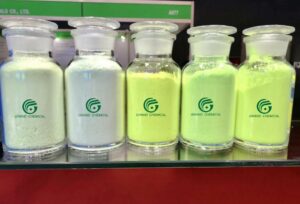
Optical brightener for plastics
What are the synonyms?
There are many similar names for optical brighteners, and the most commonly used ones are listed below:
optical brightener / Fluorescent brightener
Fluorescent dye / Whitening additive
Optical brightening agent / Optical brightening compound
Fluorescent whitening agent / Optical bleaching agent
Fluorescent brightening agent / Fluorescent whitener
Brightening agent / Optical whitener / Optical bleach / Whitening agent
Fluorescent brightener / Optical bleach / Optical brightening dye
The trade names
World-famous manufacturers and their trade names.
Note: Due to mergers and acquisitions between companies, some brands may belong to different companies at different times.
Dystar/Archroma/Bayer: Blankophor, Ultraphor, Hostalux
Ciba/BASF: Uvitex, Tinopal
Eastman: Eastobrite
NSK: Whitex
Clariant: Lecukophor
Hunstman: Uvitex
….
Work Principle of Optical Brightener
Optical brightener can absorb invisible ultraviolet light (wavelength of about 300-400nm), and remit blue or blue-violet (wavelength of about 400-500nm) visible light, offset the yellowish color on the substrate. This makes the substrate appear whiter, brighter, and more colorful. The whitening is a kind of physical optical whitening, which will not cause physical or chemical damage to the substrate.
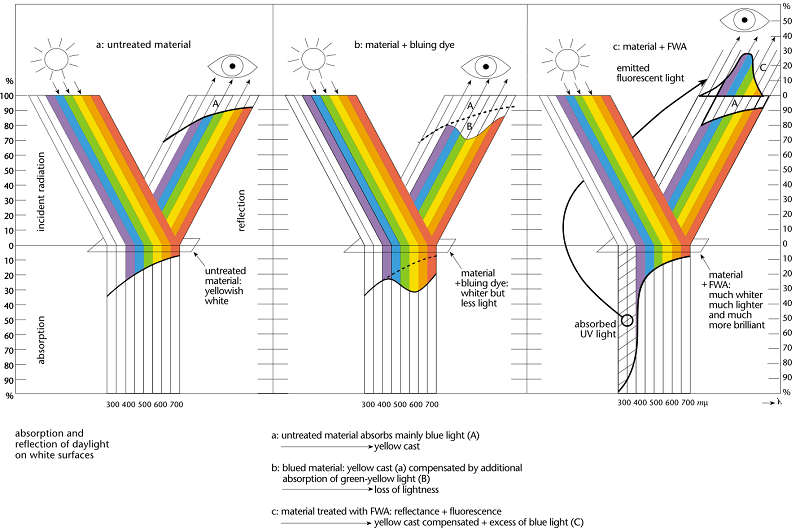
What are the Main Features of optical brightener?
The optical brighteners currently used in the industry are all synthetic organic compounds.
To work as a whitening agent, it must have some basic features:
1. The compound itself is nearly colorless or light colored
2. High fluorescence quantum yield
3. Good affinity and no chemical interaction with the substance/ substrate to be acted upon.
4. Good heat resistance and light stability.
Regulation, Health, and Safety.
FDA: CFR Title 21- Chapter I – Subchapter B – Part 178 – Subpart D
§178.3297. Colorants for polymers. In all polymers at levels not to exceed 0.015 percent by weight of the
polymer. The finished articles are to contact food only under conditions of use A through H described in Table 2 of §176.170(c).
Rohs, SVHC by SGS. OB OB-1 offered by Shandong Grand Chemical complies with the limits as set by Rohs directive (EU) 2015/863 and has passed SVHC screening for authorization by the European Chemicals Agency (ECHA) on and before June 5. 2020.
REACH registration: 10M-100MT of OB OB-1 to European Countries.
Common industry uses of Optical Brighteners
The application is extremely wide. It has been applied to various industrial areas and is closely related to people’s lives. The main purposes are as follows:
- Plastics / Polymers whitening
- Paints/coatings/inks whitening
- Textiles / Fibers whitening
- Detergent / Home Care / Personal Care
- Paper whitening
Classification of Optical Brightener
- Classify by Application: Plastic/ Polymers, Paints/Coatings/Inks, Textile, Detergent, Paper etc.
- Classify by Ionicity: Cationic, Anionic, Non-ionic
- Classify by Using Method: Direct Dyeing, Dispersed Dyeing.
- Classify by Physical Form: Crystalline powder, fine powder, Liquid, Emulsion.
- viaClassify by Chemical Formula structure:
- DSD acid fluorescent whitening agent
- Stilbene-based fluorescent brighteners
- Benzoxazole fluorescent brighteners
- Benzimidazole-based fluorescent whiteners
- Coumarin fluorescent whiteners
- Naphthylimide fluorescent whiteners
- Pyrazoline-based whitening agent
- Polymerized fluorescent whitening agents
- Others
Wang to know more about the optical brightener, please do not hesitate to contact us via: sales@obachemical.com or Whatsapp: +86 13173009832
Optical brightener OB
- Product Name: Optical Brightener OB
- Chemical Name: 2,5′-Bis[2-(5-tert-butyl-2 benzoxazole)thiophene
- C.I.: 184
- CAS: 7128-64-5
- Molucular Formula: C26H26N2O2S
- Formula Weight: 430
- Synonyms: Tinopal OB (OB-C, OB-P), Uvitex OB, Whitex NSK.
OB 184, FBA 184, Optical Brightening Agent OB - Application: widely used in whitening of PVC, PS, ABS, PP, PE, oil-based paints and coatings.
Optical brightener OB-1
- Product name: Optical Brightener OB-1
- Chemical Name: 2,2′- (4,4′-distyryl) bisbenzoxazole
- C.I.: 393
- CAS: 1533-45-5
- Molecular Formula: C28H18N2O2
- Formula Weight: 414.45
- Synonyms: Uvitex OB-1, Eastobrite OB-1.
FBA 393, OB 393, OBA 393, Optical Brightening Agent OB-1. - Application: Widely used for brightening polyester resin and fiber, nylon, PP, ABS, PS, HIPS, PA, PC, EVA, rigid PVC, etc.
Optical brightener FP-127
- Product name: Optical Brightener FP-127
- Chemical Name: 4,4′-Bis[(E)-2-(2-methoxyphenyl)vinyl]biphenyl
- C.I.: 378
- CAS.: 40470-68-6
- Molecular Formula: C30H26O2
- Formula Weight: 418.53
- Synonyms: Uvitex FP, FP-P, FP-C (Clariant), CBS-127, FP-127, OBA 378, FBA 378.
Optical Brightening Agent FP-127 - Application: Optical Brightener FP-127 is widely used in the whitening of flex PVC, PS, synthetic leather, paints, inks, wallpaper PVC plastisol, etc.
Optical brightener KCB
- Product name: Optical Brightener KCB
- Chemical Name: 2,2′-(1,4-naphthalenediyl) Bisbenzoxazole
- C.I.: 367
- CAS: 5089-22-5
- Molecular Formula: C24H14O2N2
- Formula Weight: 362.68
- Synonyms: Hostalux KCB, KCB-C (DyStar), OBA 367, FBA KCB
Optical Brightening Agent KCB - Application: Optical Brightener KCB is widely used in the whitening of synthetic fiber, and EVA foam for footwear materials. It is also suitable for whitening PE, PP, PVC, PS, ABS, paints, etc.
Optical brightener KSN
- Product name: Optical Brightener KSN
- Chemical Name: 4.4-bis(5-methyl-2-benzoxazole)-ethylene
- C.I.: 368
- CAS: 5242-49-9
- Molecular Formula: C29H20N2O2
- Formula Weight: 428
- Synonyms: Hostalux KS, KS-C (DyStar), OBA 368, FBA KSN, FBA 368,
Optical Brightening Agent KSN - Application: Optical Brightener KSN is widely used for polyester fiber, polyamide, polypropylene fine polymer fibers, high-quality engineering plastics, etc.
It can be added in any production stage of blowing film, drawing, injection, molding, extrusion, etc.
Optical brightener CBS-X
- Product Name: Optical Brightener CBS-X
- Chemical Name: 4,4′-bis(2-disulfonic acid styryl) biphenyl
- C.I. NO.: 351
- CAS NO.: 27344-41-8
- Molecular Formula: C28H20O6S2Na2
- Molecular Weight: 562.60
- Synonyms: Tinopal CBS, CBS-X. Uvitex NFW. CBS-351, Optical Brightening Agent CBS-X.
- Application: Widely used in whitening of synthetic detergents liquid/powder, soaps etc.
Optical brightener AMS
C.I. No.: 71
CAS No.: 16090-02-1
Optical brightener DMS-X
Product Name: Optical Brightener DMS-X
Chemical Name: 4,4′-bis(2-disulfonic acid styryl) biphenyl
C.I. NO.: 71
CAS NO.: 16090-02-1
Molecular Formula: C40H38N12O8S2Na2
Molecular Weight: 924.93
Synonyms: Tinopal DMS, Leucophor PAM (Clariant), Blankophor MBBH, OBA 71, FBA 71,
Application: Widely used in whitening of synthetic detergents liquid/powder, soaps and other homecare cleaning product etc.
Optical brightener CXT
C.I. No.: 71
CAS No.: 16090-02-1
Optical brightener ER-I
- Product name: Optical Brightener ER-I
- Chemical Name: 1,4-Bis(2-cyanostyryl)benzene
- C.I.: 199
- CAS: 13001-39-3
- Molecular Formula: C24H16N2
- Formula Weight: 332.39700
- Synonyms: Optical brightener 199, Optical brightener ER, Blankophor ER 330 (Bayer), Ultraphor RN (BASF). Fluorescent brightening agent ER, 1,4-Bis(2-cyano styryl)benzene, 13001-39-3, 2,2′-(1,4-Phenylenebis(ethene-2,1-diyl))dibenzonitrile, Benzonitrile, 2,2′-(1,4-phenylenedi-2,1-ethenediyl)bis-, 2-[(E)-2-[4-[(E)-2-(2-cyanophenyl)ethenyl]phenyl]ethenyl]benzonitrile, 1,4-Bis(2-cyano styryl)benzene, fluorescent bleaches er
- Application: Optical Brightener ER-I is mainly used in the whitening of polyester fiber in emulsion form. and also widely used in the whitening of plastics such as PE, PP, and PVC.
Optical brightener ER-II
C.I. No.: 199:1
CAS No.: 13001-38-2
Optical brightener EBF
CAS NO: 12224-41-8
C.I. NO: 185

